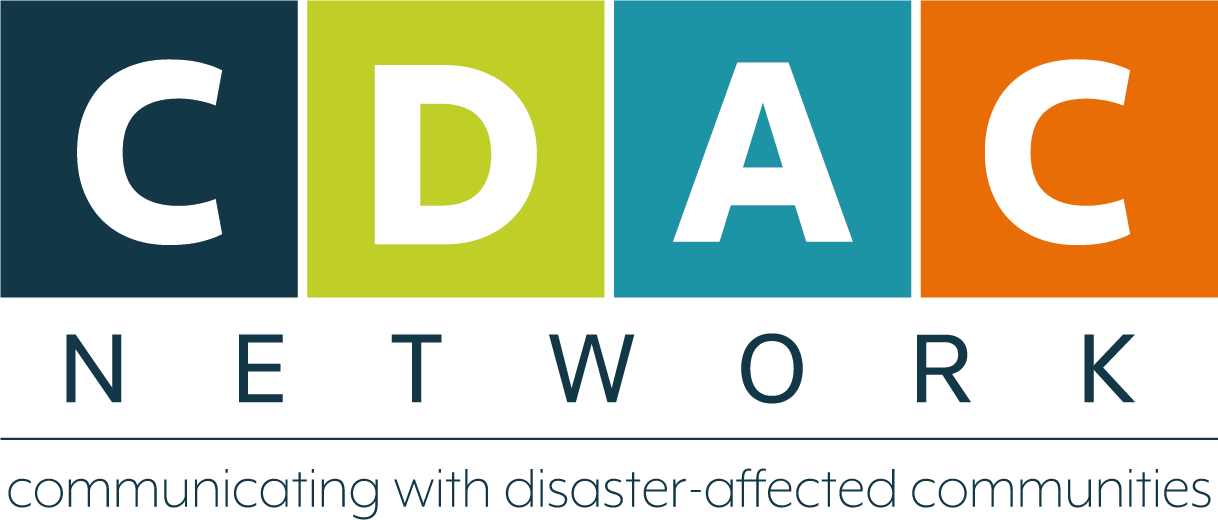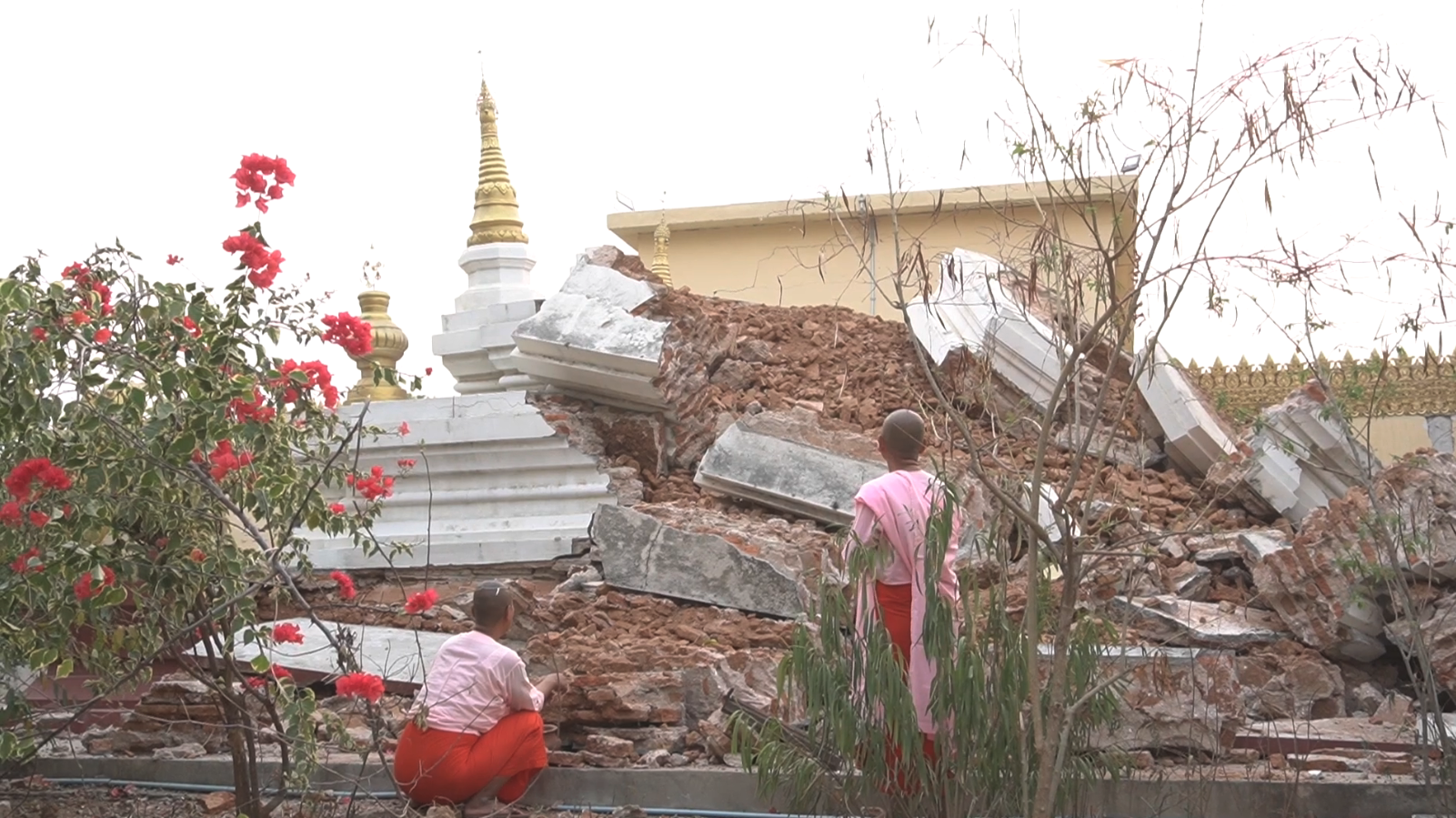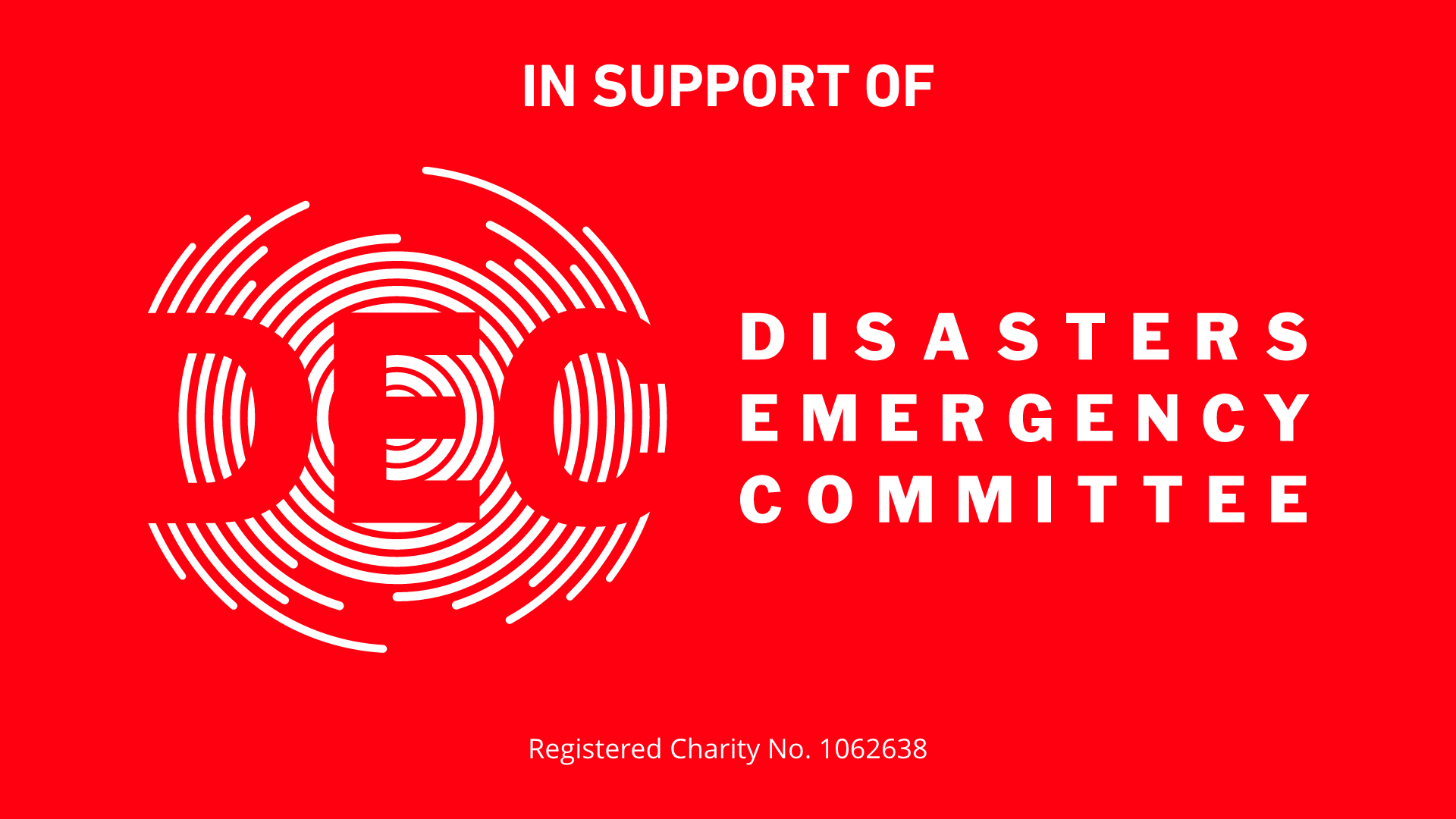Snapshot: Information environment in Myanmar post-earthquake (August 2025)
In March 2025, a 7.7 magnitude earthquake hit Myanmar and Thailand. Communities affected by the earthquake in Myanmar were already grappling with armed conflict, displacement and digital repression, leading to a deteriorating information environment.
Many communities urgently need trusted information to access humanitarian aid, but remain cut off. In this fertile ground for harmful narratives, misinformation, disinformation and hate speech are spreading fear, distrust and violence across social media platforms. An under-resourced local media struggles to bridge these gaps amid dwindling financial support.
This snapshot outlines the current state of the information environment in Myanmar for humanitarians, from interviews with local Myanmar organisations, journalists and in consultation with CDAC Network’s Myanmar harmful information Community of Practice. It outlines recommendations for strengthening information gaps, as well as improving trust and humanitarian response.
Key takeaways
There are key aid information gaps: People are uncertain about who is eligible for aid, where it is distributed, and by whom.
Trust in humanitarian organisations is eroding: International agencies are seen as opaque; locals are more trusted but fragile.
Harmful narratives abound: Rumours about aid, ethnicity and political alignment fuel fear.
Weak coordination: No safe mechanisms for media–humanitarian collaboration.
Solutions are fragile: Community radio, rumour tracking and offline tools work, but lack support.
Recommendations from the report
Myanmar’s information environment is collapsing under conflict, repression and resource cuts. Communities urgently need trusted, accessible information to make safe decisions. Local actors are already providing solutions–fragile, invisible and at risk of disappearing.
Without immediate investment in information as aid, humanitarians risk losing legitimacy, access and the trust of the very people they aim to serve.
Treat communication as aid—invest in localised, trusted channels.
Resource local verification networks—media, youth, volunteers.
Foster safe collaboration between humanitarian and media actors.




